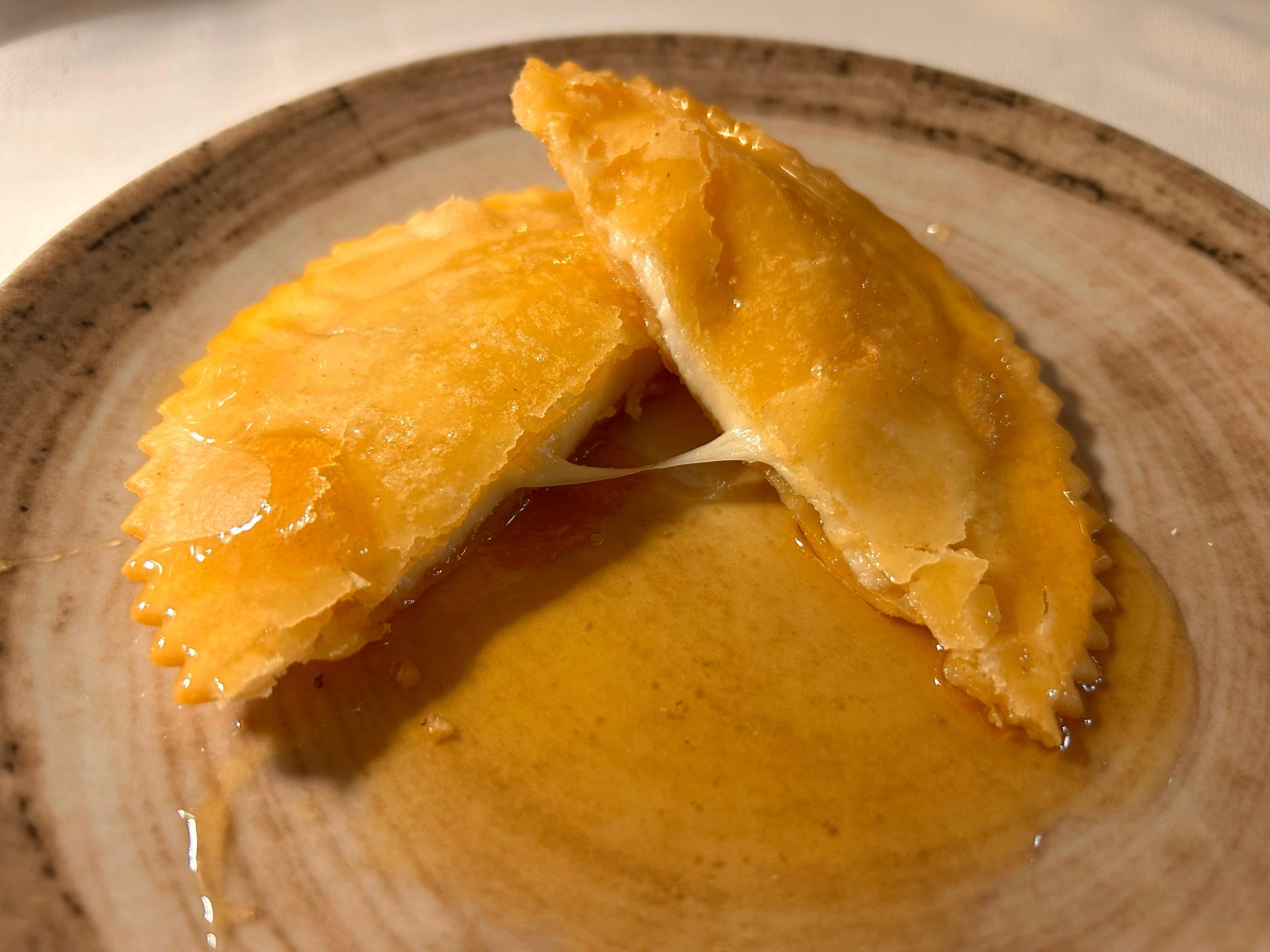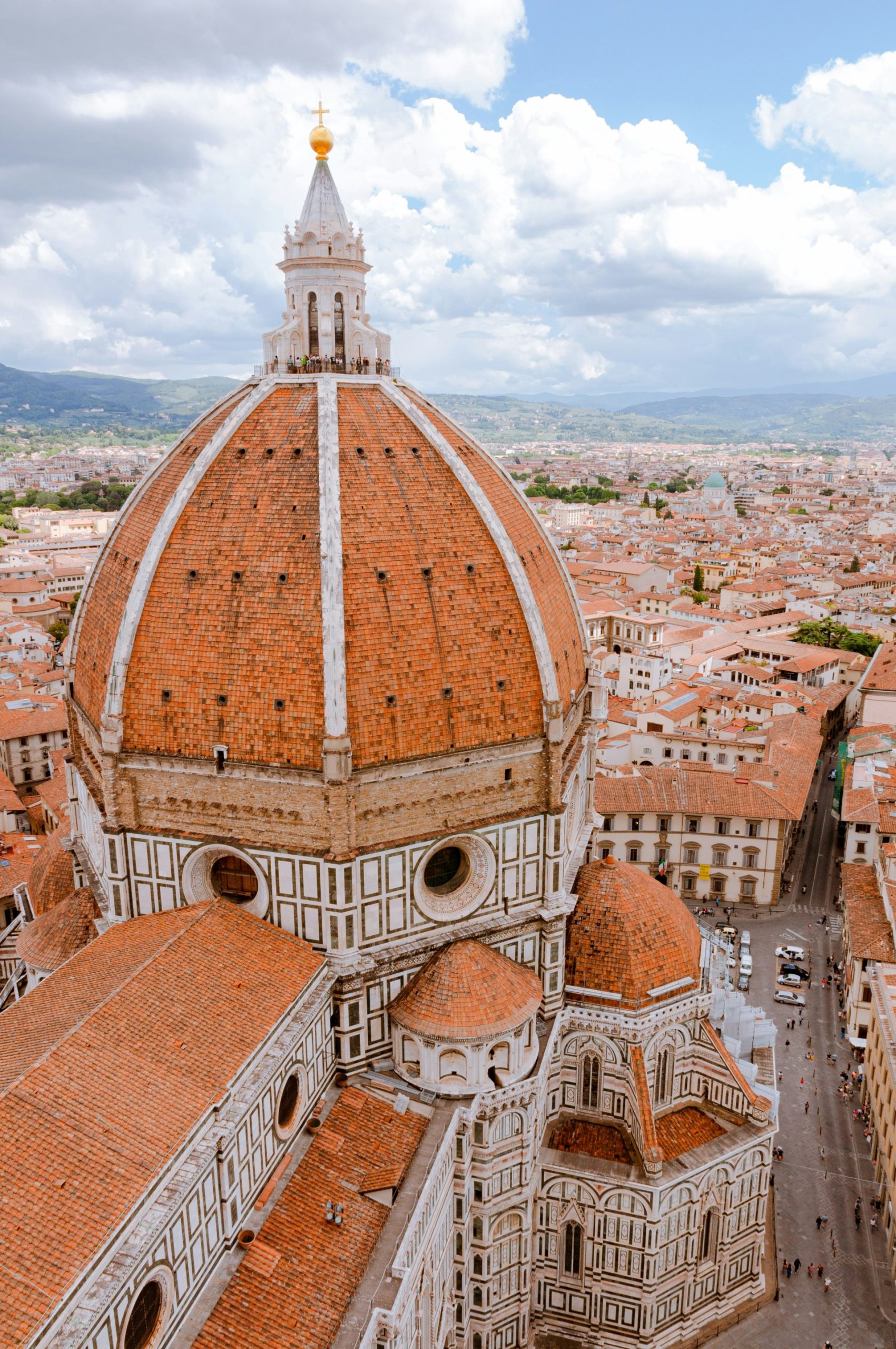10 interesting facts about Italy
Posted on
Italy is one of the most fascinating countries in Europe, steeped in natural beauty, millennia of history and a distinct culture. If you’re thinking about visiting and staying in one of our villas in Italy, you may want to find out more about Italy. You’ve come to the right place, as we’re here to offer you 10 of the most interesting facts covering all aspects of Italian life to get you ready for your next Italian holiday:
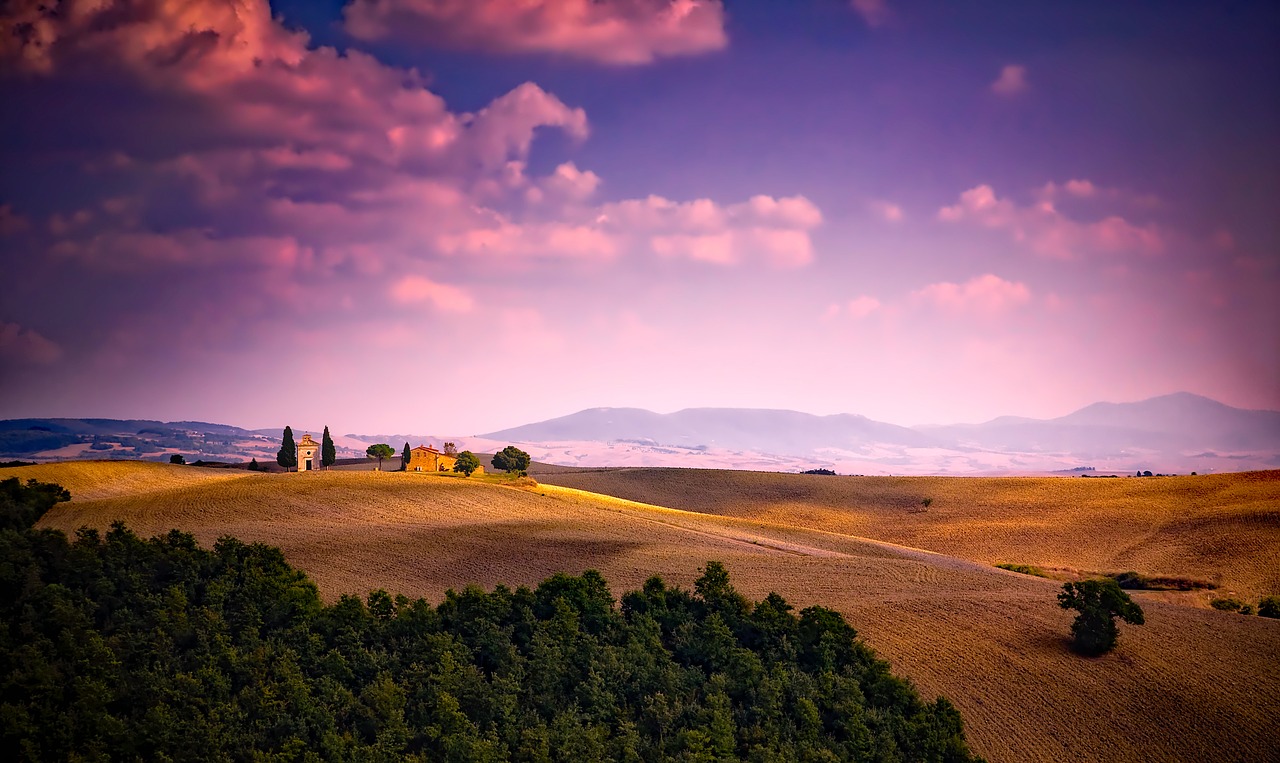
1. The name Italy (Italia) means ‘calf land’.
It is most likely that this name derived from the fact that the bull was a symbol of the tribes of Southern Italy. It was originally spelt Vitalia, rooting from the Latin, ‘vitulus’ which is a one-year-old calf.
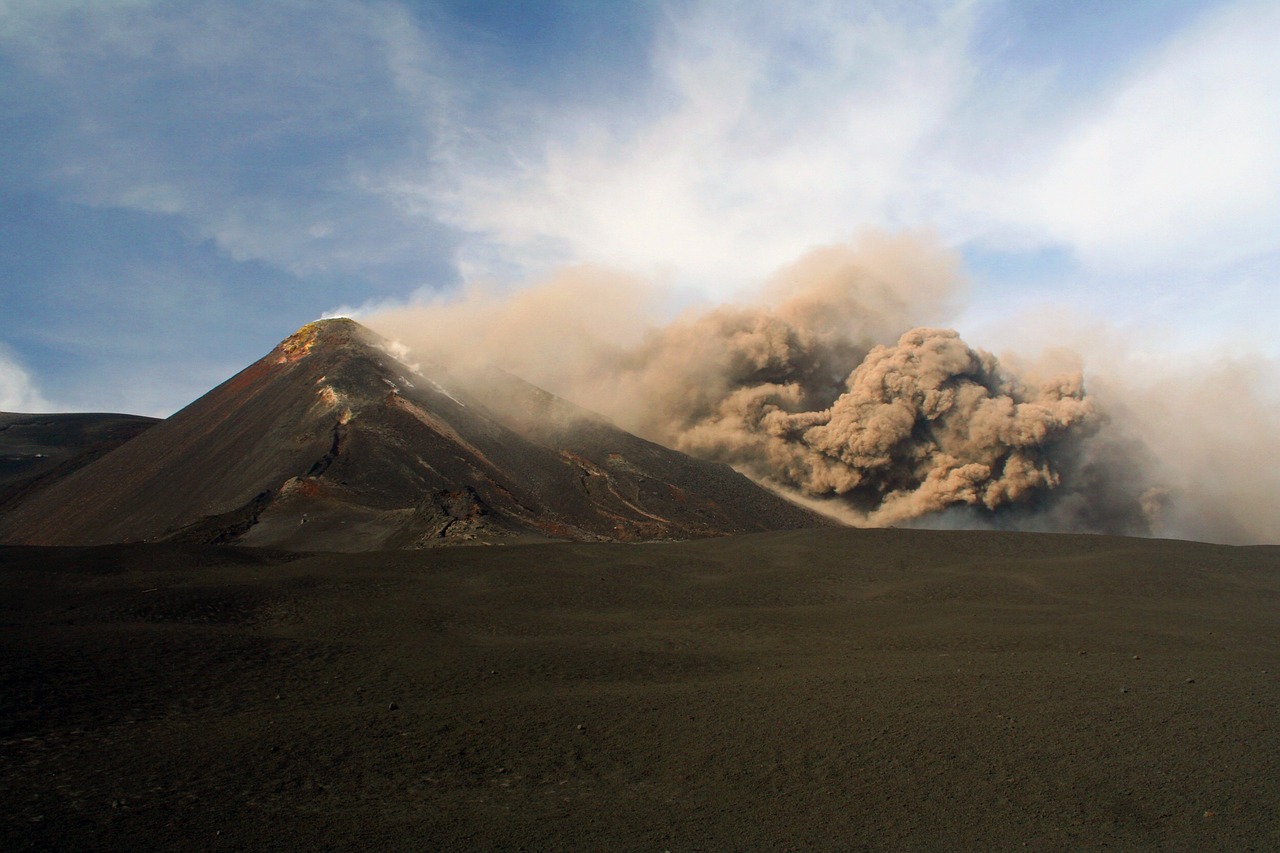
2. Italy has more volcanoes than any other country in Europe.
This large number of volcanoes is mainly due to the fact that the land lies on a fault line, which is the cause of volcanoes. A number of these volcanoes are active, or have been active in the past hundred years and are very famous, including Vesuvius, Etna and Stromboli. This is actually incredibly beneficial, offering fertile soil to grow crops such as grapes and olives.

3. Italy has introduced a number of foods to the rest of Europe.
Italian food is loved and eaten all across the world, having introduced many of the staple foods that we enjoy today. This includes: coffee, ice cream (via the Chinese) and fruit pies. The Italian’s also claim to have made the first French fries (though this is also contended by both France and Belgium). Where would we be today without coffee and ice cream?
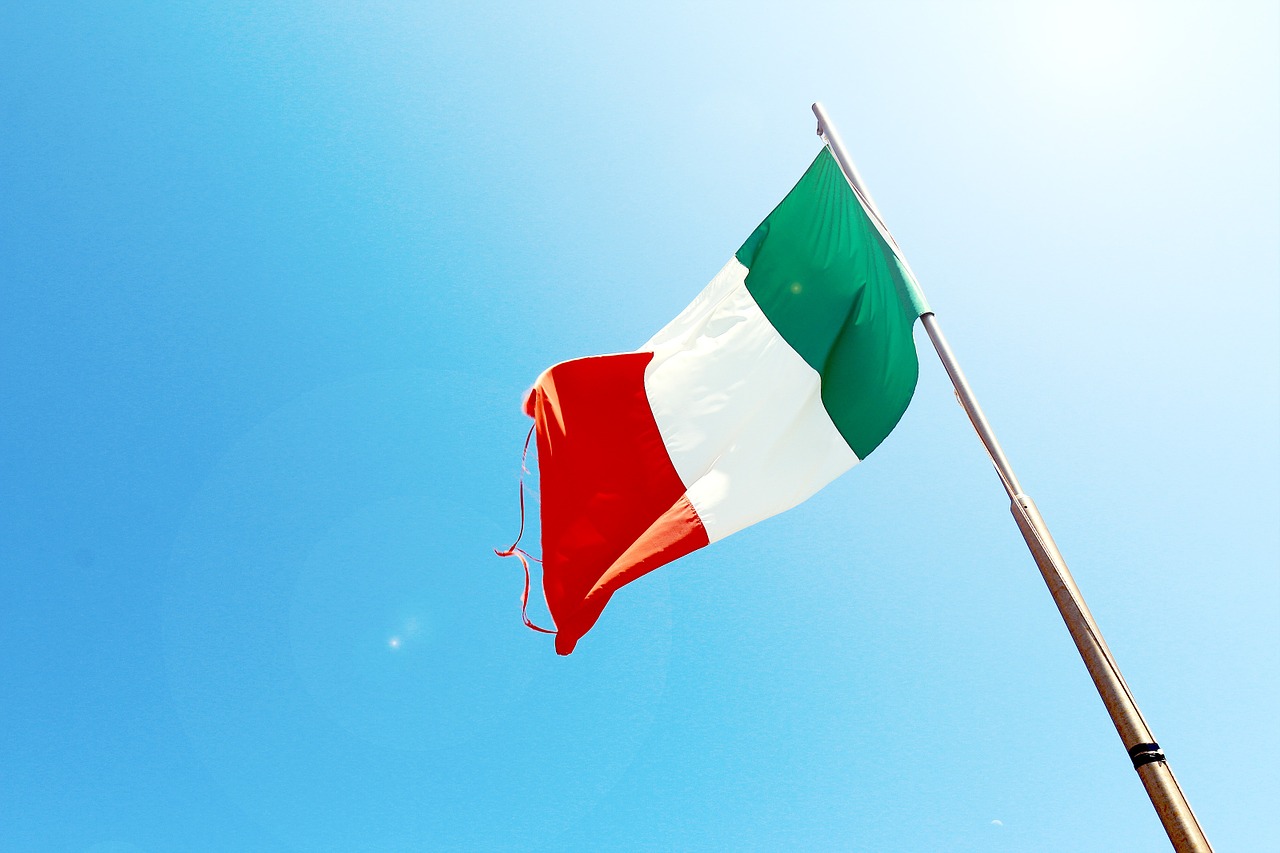
4. The Italian flag has evolved into its modern state over hundreds of years.
With its three vertical bocks of colour having been inspired by the French flag, there are multiple theories about what the three different colours stand for, with one interpretation being that the green represents the landscape, the white representing the snow-topped mountains, and the red representing the bloodshed that brought Italy independence. Another theory is that the green, white and red represents hope, faith and charity.
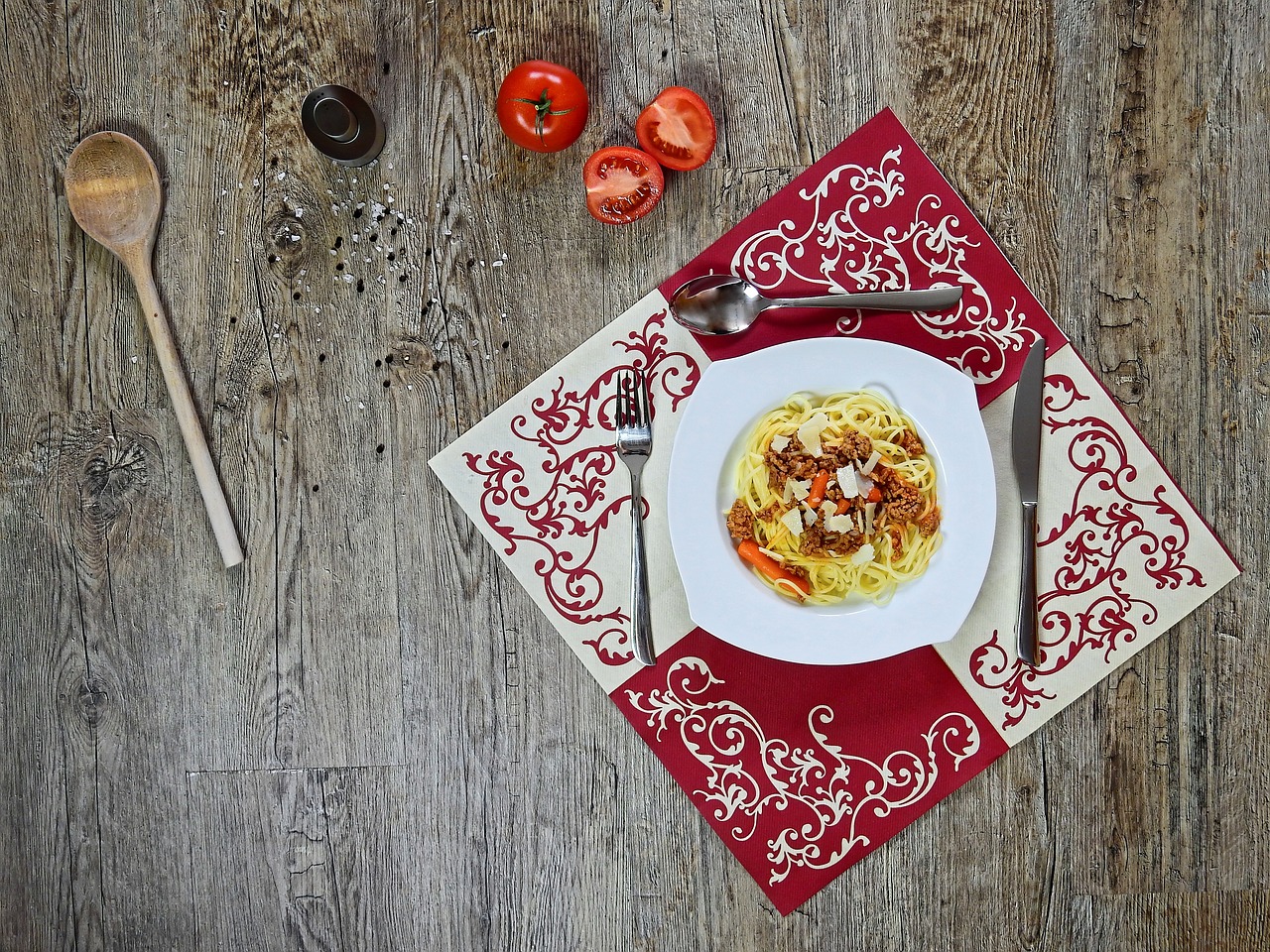
5. When McDonald’s first opened in Rome in 1986, it sparked much protest.
For a country which is so proud of its rich cultural heritage and foods, there is little surprise that the fast food chain caused outrage. In protest, many local establishments embarked on daily food purists, handing out free plates of spaghetti and other traditional dishes to remind people of their culinary roots.
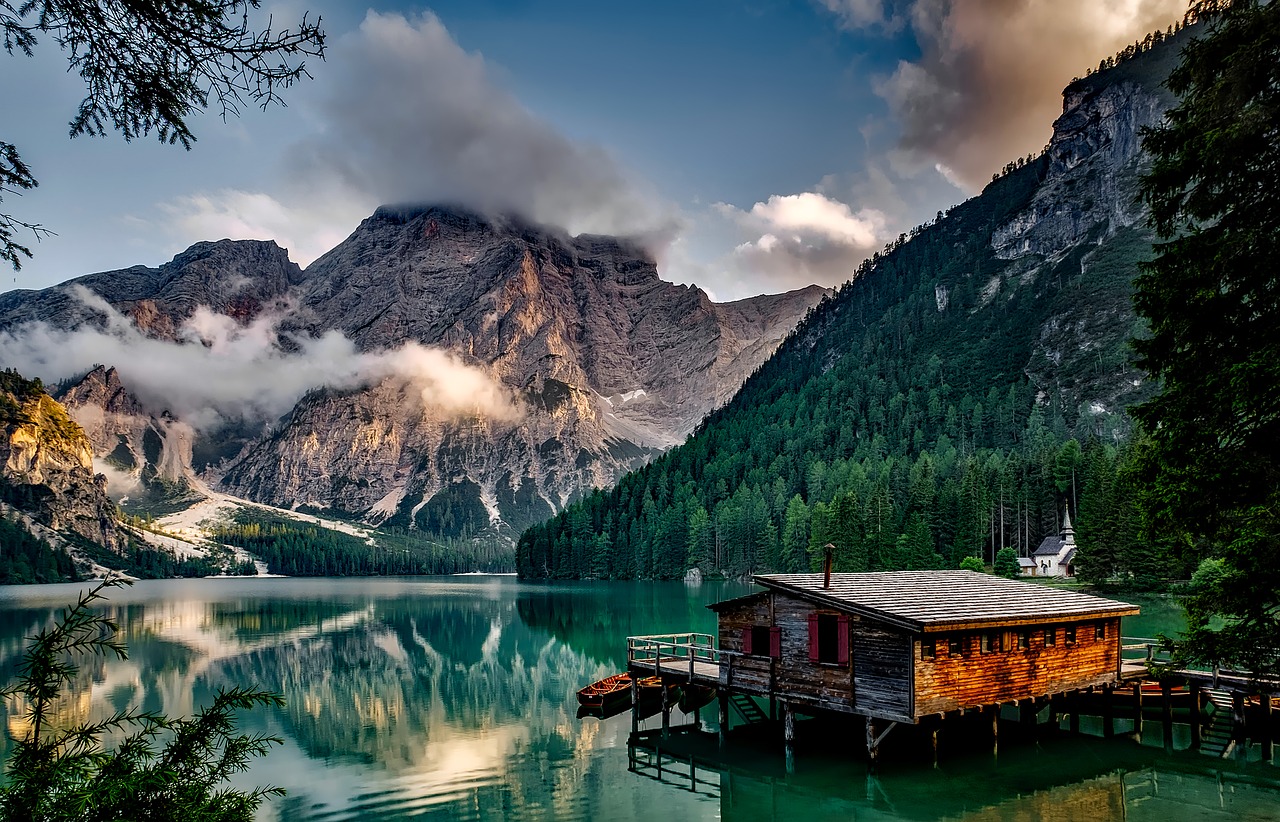
6. Almost four-fifths of the Italian landscape is made up of mountains or hills.
In terms of landscape, Italy is the polar opposite of the Netherlands, which is very flat, with almost four-fifths of the land being mountainous or hilly. These are one of the main features of the beautiful Italian charm that is an inspiration to many stories and works of art.
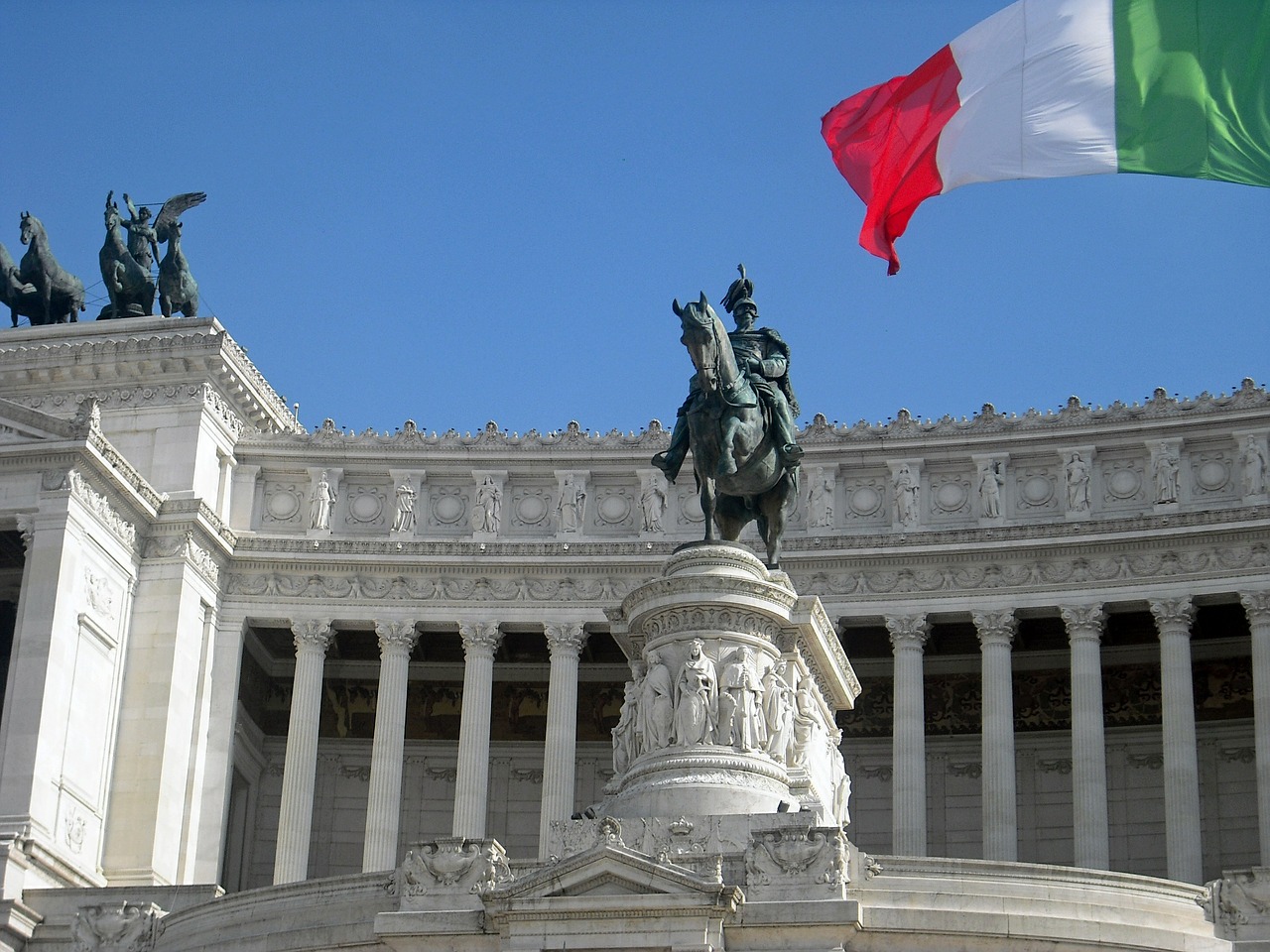
7. At its peak, the Roman Empire covered 2.3 million miles.
Within the 2.3 million miles was a a population of 120 million people, stretching from Portugal to Syria west to east, and Britain to the North African deserts from north to south. Incredible!
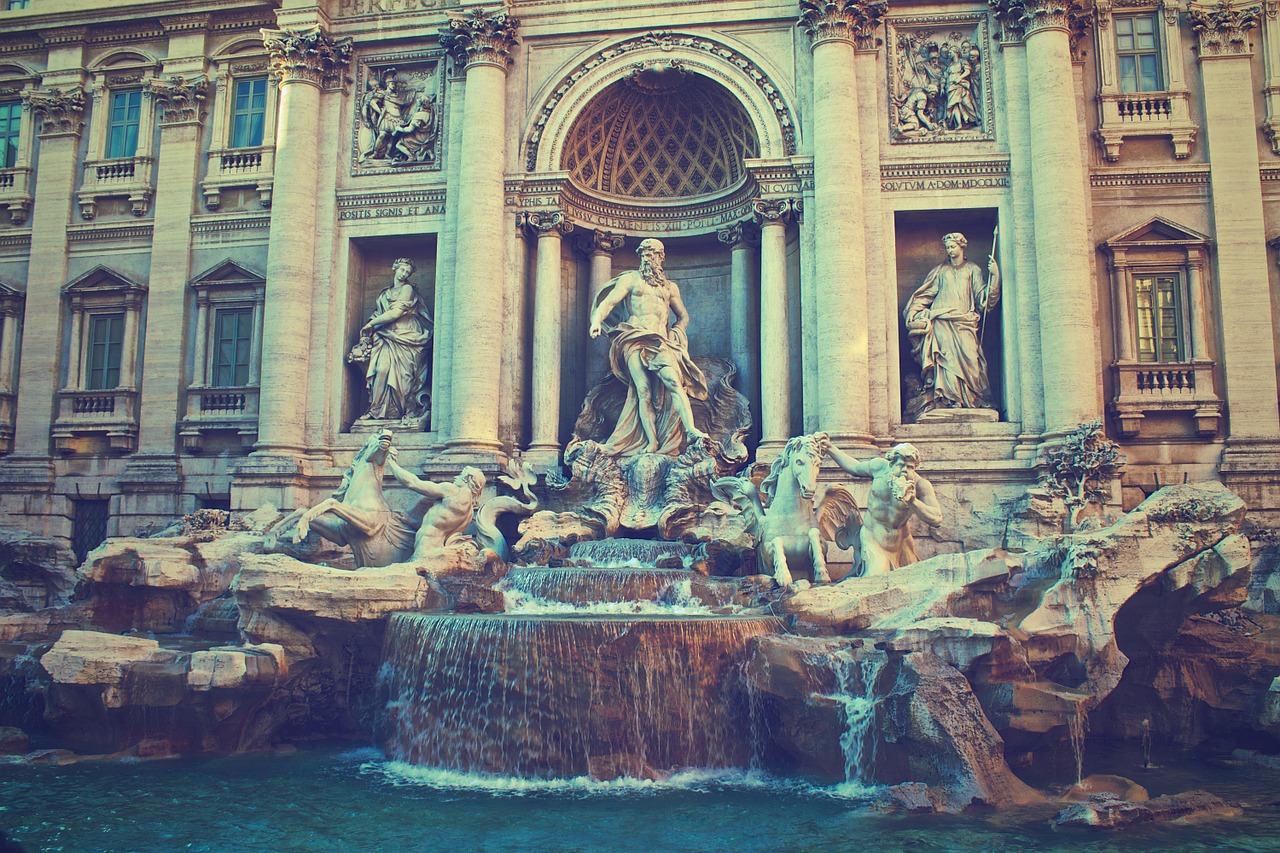
8. Italy is considered by many to be the art capital of the world.
It is said that Italy has more masterpieces per square mile than any other country in the world. The galleries, street art and museums are a real treat, certainly a must-visit on your Italian holidays.

9. Before dinner, many Italians engage in the activity of la passeggiata.
This is essentially an evening stroll; a long-standing social ritual where they wander the streets to see and be seen by others before settling down to their evening meal. This is a tradition that you might enjoy yourself, working up an appetite and engaging in the local life on your holiday, and your return home!
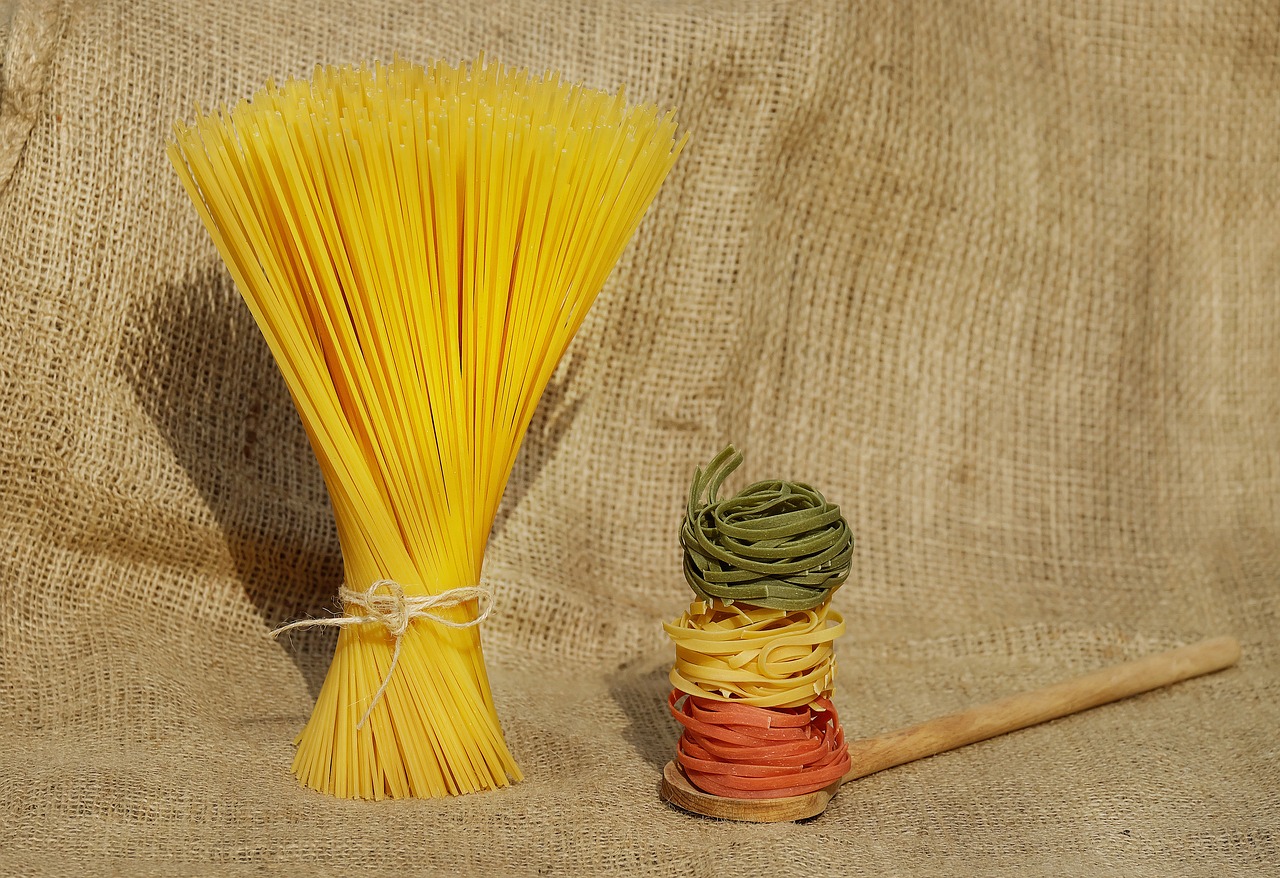
10. When pasta was first brought to Italy, it was served as a sweet dish!
When the Arabs first brought dried pasta to Italy in the 13th century, it was served with honey and sugar, and eaten with the fingers, with the arm held high and the head tilted back. Another variation of it was simply for the pasta to be eaten plain. Tomato sauce as an accompaniment to pasta did not come about until the 17th century, and was quite revolutionary! Today, there are over 500 different types of pasta which are eaten throughout Italy.

